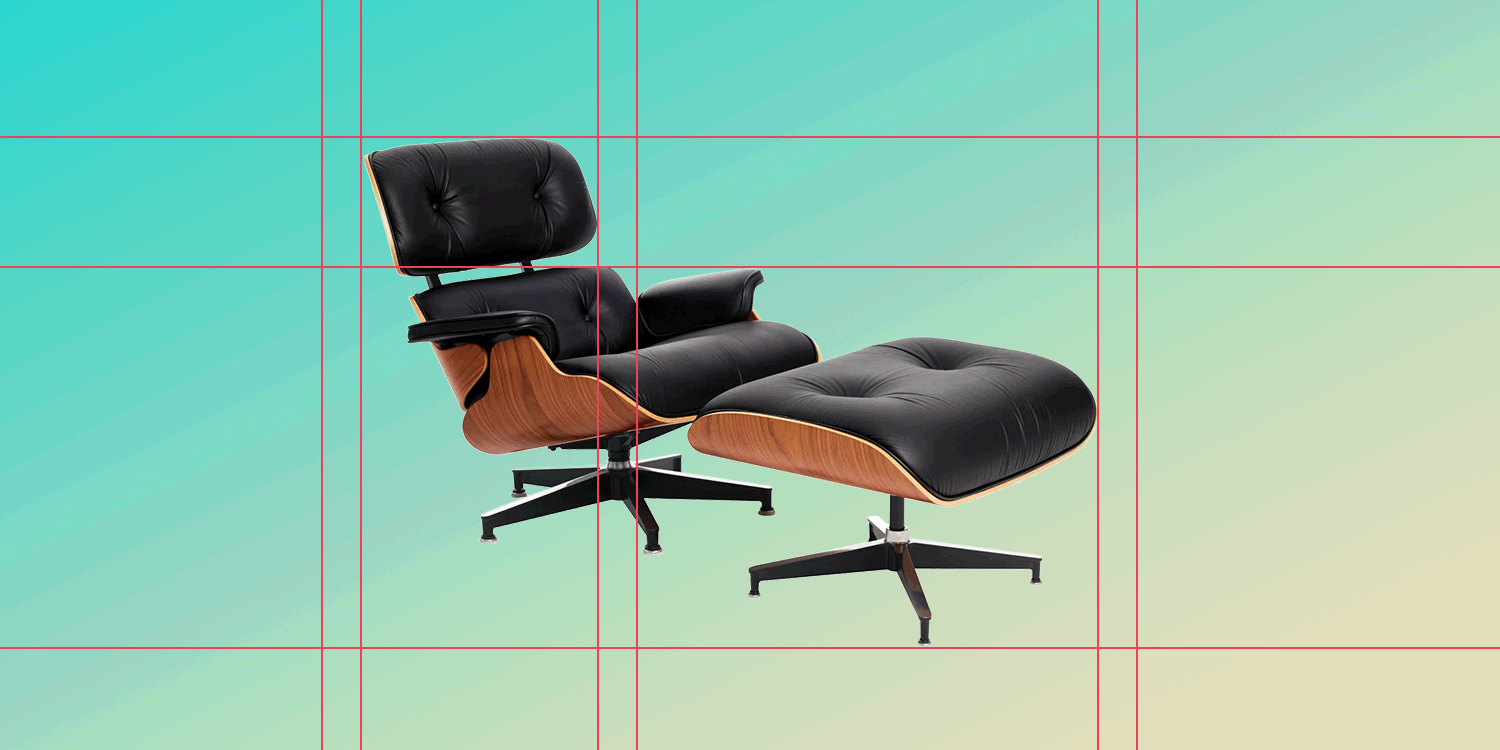Member-only story
Elevating your aesthetics for beautiful business outcomes
Why great design is a must for everyone.

Lately, I’ve been doing a lot of thinking about the instant economy and how having everything at our fingertips is an existential danger. Faster, easier, cheaper is a destructive battle cry, fueling planet-decimating things like fast fashion.
If the Great Pause of the pandemic has taught us anything, it’s that things have to change. Our accelerated culture, which skimps on integrity to cash in on volume, comes at a devastating price: socially, environmentally, and humanistically.
This is where aesthetic integrity comes into play. It’s the antidote because it’s all about quality. It’s a human-centered approach that makes all the right connections, backing external appeal with a creative, thoughtful internal structure.
If you’re not a designer, you might believe that you don’t need to think about aesthetic integrity. That’s not at all the case. From a CEO who’s pitching a rebrand to their board of directors to an intern who’s helping run a social media channel for a brand, you’ve got to understand why it’s so important and how to spot it, leverage it, and, perhaps most importantly, deliver it.
Design matters. Now more than ever.
What the Heck is Aesthetic Integrity & Why Do We Need It?
Good design isn’t just nice to look at — it has a tangible impact on your well-being. Neuroscience shows that enjoying something that looks and works great causes your brain to release happiness-driving chemicals like dopamine, oxytocin, serotonin, and endorphins.
Dig a little deeper, and you’ll notice that great UX is all about creating relationships. Again, that’s a science thing. As legendary neuropsychologist Donald Hebb once said, “Cells that fire together, wire together.”
Our perception of the world is shaped by how our brains communicate with our bodies. Give your mind something pleasing to engage with, and you drive a physical outcome, like clicking on an ad or a “buy now” button.
Plus, math drives the universe. So, if you look at iconic architecture, like the White House, for example, you might notice that…

